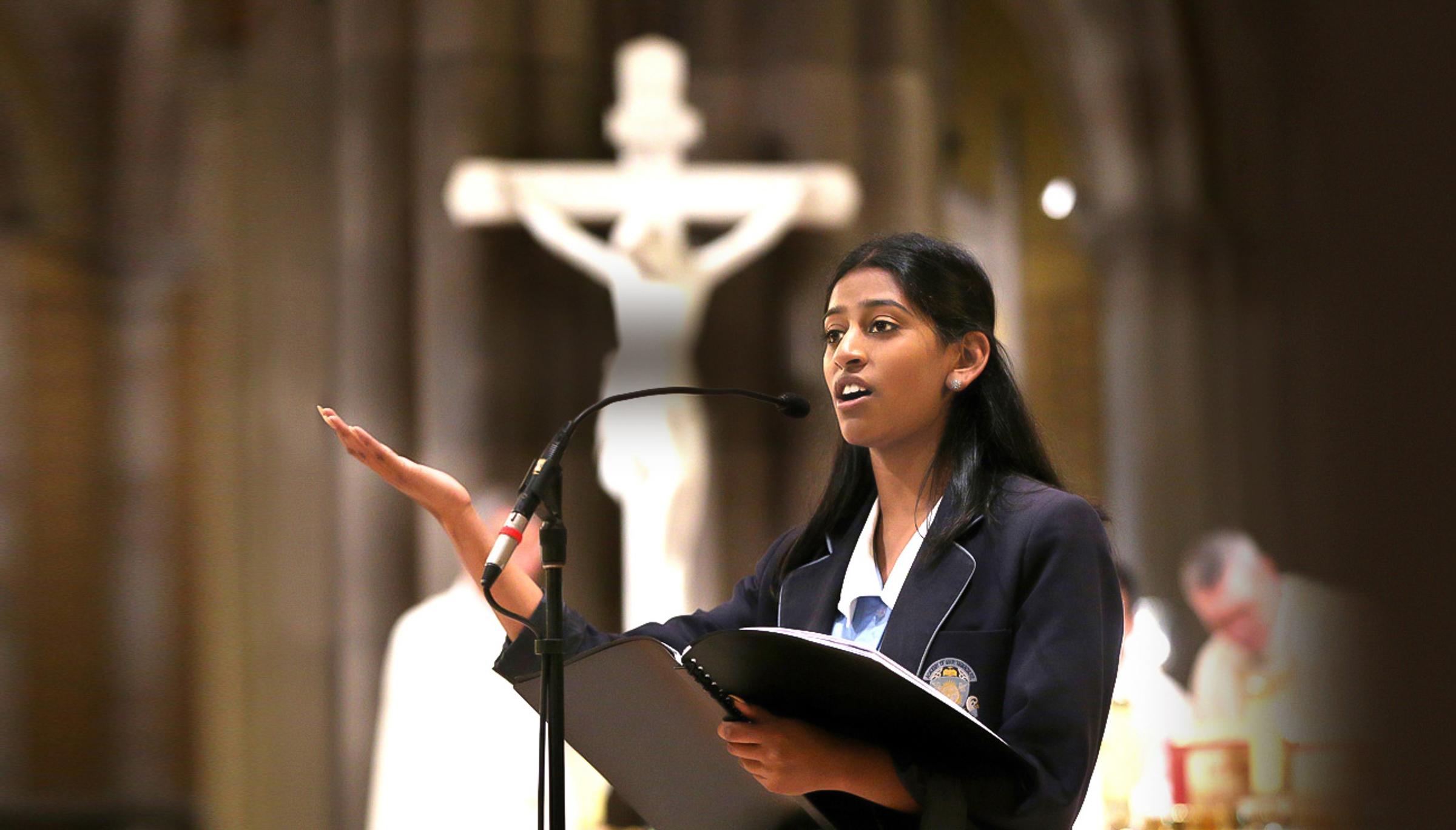Faith & Mission

From the Director of Faith and Mission
This reflection is based upon last Thursday’s leap day.
It is worthwhile thinking about the Science and Maths that explains why we have a leap year.
Our calendar is set at 365 days. However, the solar year is actually longer than that. Correct to four decimal places, a solar year is 365.2422 days long.
The first 365-day calendar was called the Julian calendar, created in 46 BC. To bring his new calendar into alignment with the seasons, Julius Caesar decreed that the year 46BC would be 445 days long! The Julian calendar allowed for a leap day every four years.
Religion also comes to play a part. Early in its history, the Church decided that Easter would be celebrated yearly on the first Sunday on or after the spring equinox. The date of the spring equinox is March 21. You do not need to be a Maths teacher to recognise 365.2422 is close to but not the same as 365 and on quarter.
That meant that by the 1500s, the calendar date of March 21st was out of alignment with the spring equinox by 10 days.
Pope Gregory and his council met to find a way to solve this problem. They kept the Julian correction that every year that could be divided by 4 would be a leap year. However, they added to this correction that any year that could be divided by 100 but could not be divided by 400 would not be a leap year. Hence 2000 was a leap year, but 1900 wasn’t.
This Gregorian Calendar was introduced in 1582. In order to make this adjustment, in 1582, ten days were removed from the year. That is, the day after Thursday, October 4, 1582 was Friday, Oct. 15.
The Eastern Orthodox Church continues to celebrate Easter according to the Julian Calendar. That means for example that this year, while Catholics will celebrate Easter on March 31, the Orthodox Easter will be celebrated on May 5.
Reflecting upon the extra day in our year, Sr Mary Moloney noted that while for many it is a fortunate thing to have an extra day of ‘life’, there are too many people for whom the extra day means just more oppression, more injustice, more poverty, more burden.
When our College dux, Krissy Francis spoke to the assembled school earlier in the year, she talked about the wonderful opportunities she had experienced at the Academy. Academy students and staff have the opportunity to explore who they are, to learn and grow. These are opportunities that Academy students and staff are so blessed to have.
Krissy then spoke of her trip to India where she saw poverty, people working hard just to survive. People who had limited or no choice in their lives. A stark contrast to what she had just left.
In these reflections on the ‘Leap Day’, there is a call to connect with our College theme “Stronger Together” and to the richness of our Mercy values.
It is useful to recognise that as we add a Leap day to our calendar, we are realigning our lives to the rhythms of nature.
Can we also use this day as an opportunity to look for those adjustments that we need to make personally to realign ourselves with God?
Can we use this day as a stimulus to become aware of the adjustments that our society needs to make to establish justice for all?
In this leap year, can we keep in mind that even small deviations can add up over time to put us completely out of sync with God’s kingdom of mercy and justice.
Mr Mark Hyland
Director of Faith and Mission
2024 - The Year of Prayer
After a year dedicated to reflection and the study of the fruits of the Second Vatican Council in 2023, Pope Francis has asked that 2024 be marked as a Year of Prayer.
“From now on I am happy to think that the year preceding the Jubilee event, 2024, will be dedicated to a great ‘symphony’ of prayer. First of all, to recover the desire to be in the presence of the Lord, to listen to Him and adore Him.”
Pope Francis encourages every Catholic to reflect on their life of prayer: what they pray, how they pray, and why they pray. This is for two reasons:
- To encourage people to go deeper in their commitment to pray, and in their love of God;
- To think about how they might accompany someone else to pray during the coming Year of Prayer.
If you are hoping to reconnect with prayer this year, here is a short, snappy slideshow to help show you the way.
Ms Hannah Hale
Learning Leader, Religious Education
